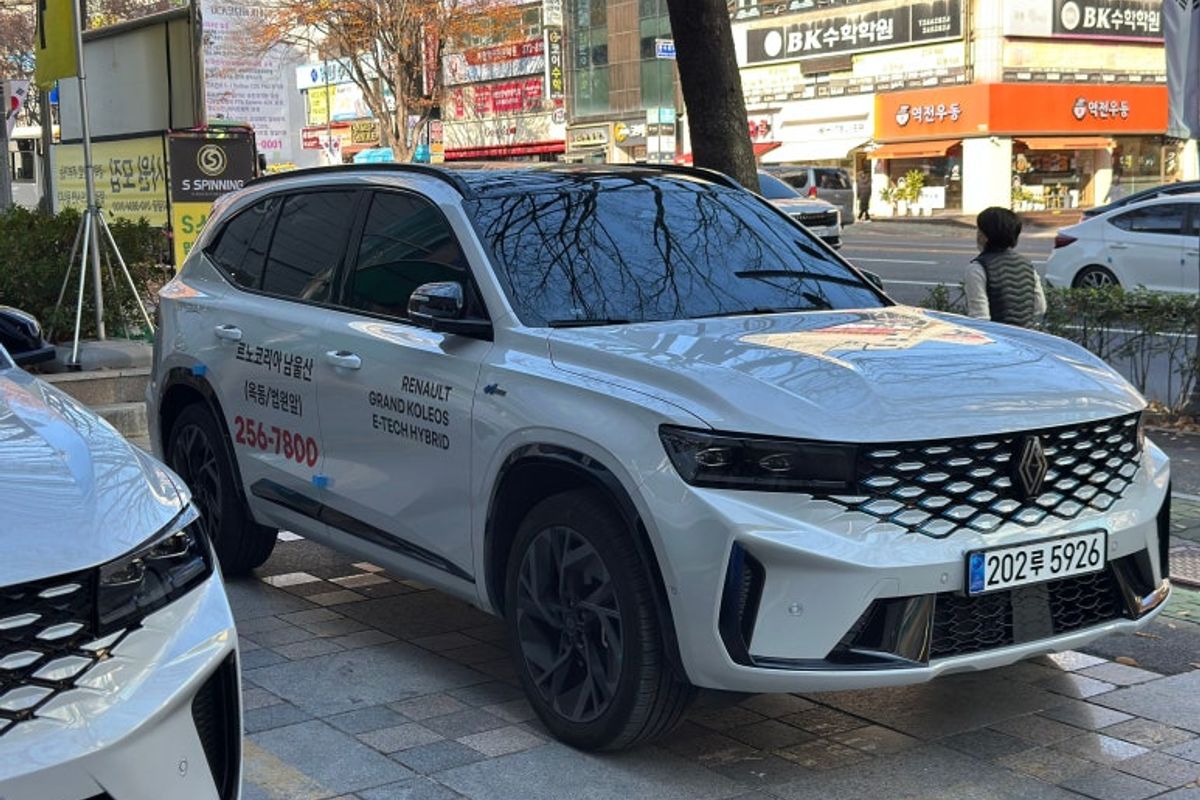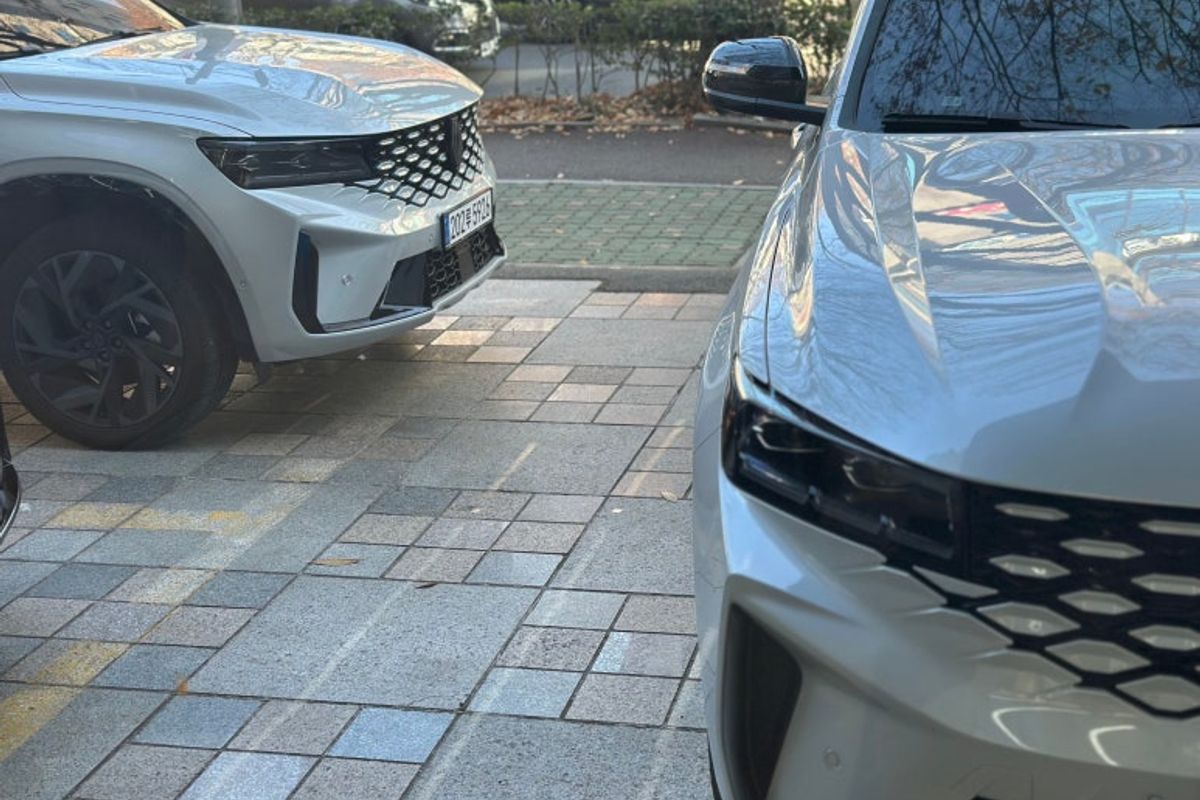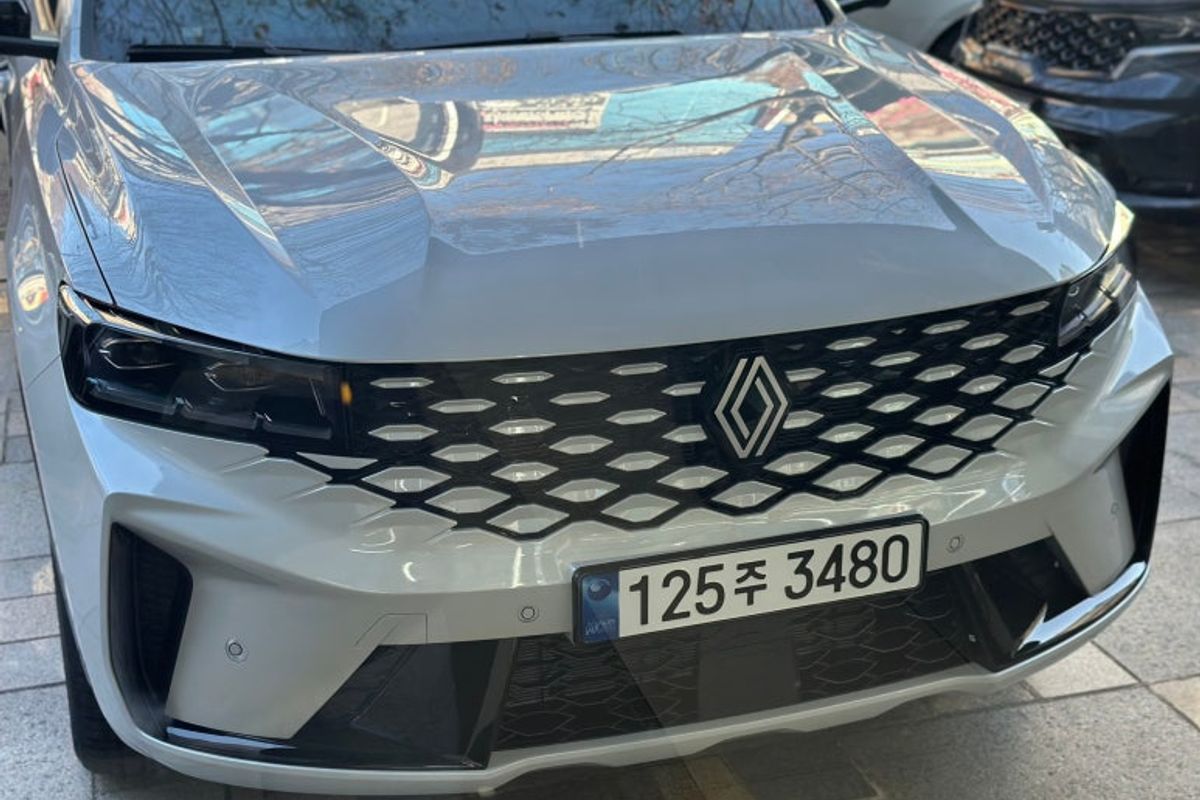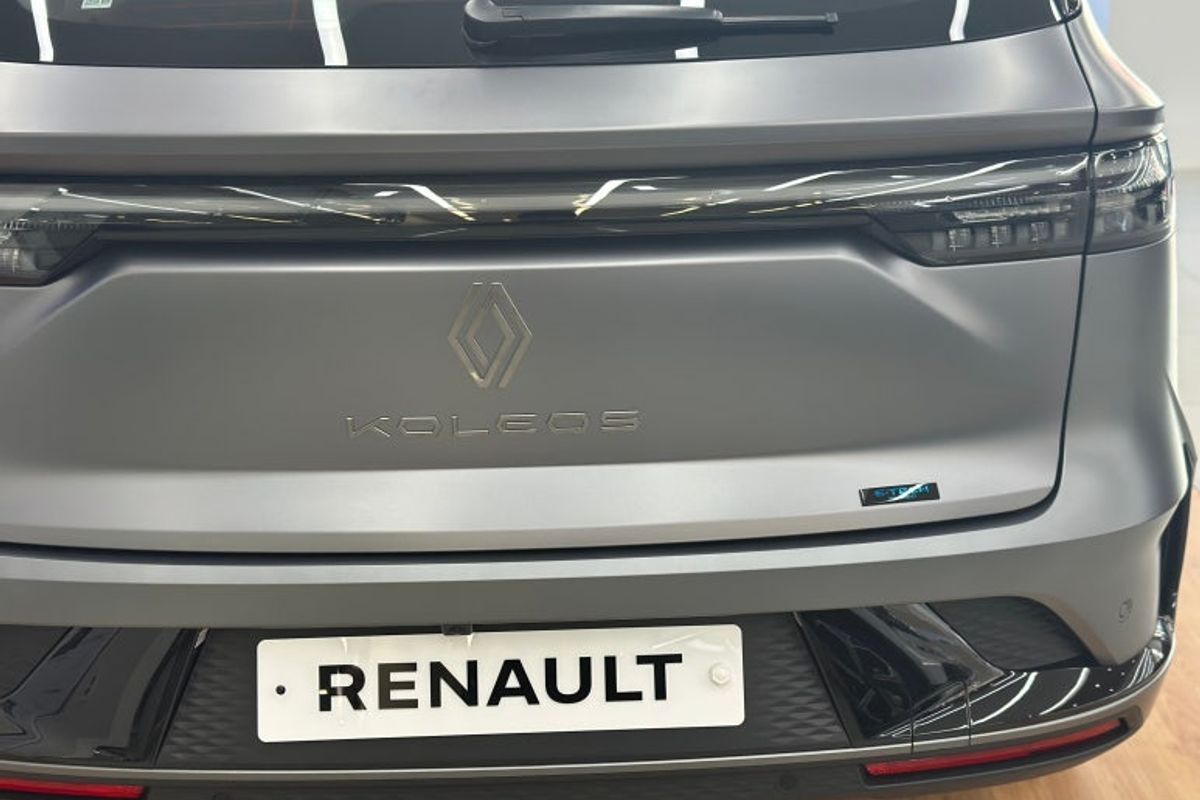Recently, a car has captured a lot of public interest following its launch.
This vehicle is the “Grand Koleos”—a brand-new model developed and released by Renault.
With an environmentally friendly parallel hybrid system and an SUV lineup suitable for camping and leisure, this vehicle offers competitive pricing compared to rivals like the Santa Fe and Sorento, earning positive reviews online.
However, the launch of this vehicle sparked controversy, causing significant damage to the manufacturer’s image and the car itself. Still, I wanted to test-drive the Grand Koleos to focus solely on its performance.
I first encountered this vehicle at the 2024 Busan Mobility Show. As someone who currently drives a Sorento, I have a strong interest in similar models. Since I’m not completely satisfied with every aspect of my Sorento, I wanted to compare and analyze the Grand Koleos during my experience.
When comparing the Grand Koleos to most Hyundai and Kia vehicles, I found its design to be quite conservative.
Honestly, the design feels rather safe, and I wished they had added bolder, vibrant exterior colors to give it a more unique and trendy appearance.
Many reviews noted that the Grand Koleos shares a design similar to the previous Sorento MQ4. When I parked my vehicle next to it, the resemblance was striking.
The headlamps, the front grille detail, and the l_____l-shaped bumper garnish all contribute to this similarity.
After examining the vehicle at the Busan Mobility Show and posting about it on my blog, I remarked that the rear end resembled a Chinese car. However, this model is actually a variant of the “Geely Automobile’s Xingyue L,” so I can’t completely dismiss the connection.
I started this post with negative comments about the Renault Grand Koleos, but I found that my favorite features mainly resided in the interior space.
The Grand Koleos uniquely features a 12.3-inch display for the front passenger, bringing the total to three monitors on the dashboard, including the instrument panel.
The passenger display offers video and audio streaming, a web browser, and social media functions, but I personally believe these features are not essential. I think a rear-seat monitor would be more beneficial.
However, I appreciated the horizontal button layout, especially the physical buttons for frequently used functions instead of touch types.
Additionally, if you choose the Alpine trim, you get black Alcantara upholstery with exclusive blue stitching. However, since Alcantara can be easily damaged if not properly maintained, it requires careful attention.
Hyundai has recently shifted from button-type gear systems to column-type, while Kia and Genesis mainly use dial-type gear knobs.
In contrast, the Grand Koleos maintains a traditional gear knob style even with its electronic type, giving a direct feel. However, it does require a bit of adjustment since you need to pull twice to shift from park (P) to drive (D).
Personally, I believe the biggest advantage over Hyundai's Santa Fe and Kia's Sorento lies in the seats. When you sit in the driver’s and front passenger’s seats, the wide contact area from the buttocks to the thighs provides a comfortable seating experience.
The rear seats also offer a spacious seating area, and the lower seat position gives a sedan-like feel.
When seated in the rear of the Santa Fe or Sorento, you often feel as if you’re looking down from above, but in the Grand Koleos, you feel like you’re sitting straight ahead, which I appreciated.
Moreover, the Grand Koleos features a second-row climate control system, which some may consider insignificant, but it distinguishes itself from the older Palisade and Santa Fe models based on how many options are available in the rear.
This option elevates the vehicle's class perception.
The vehicle I test-drove was the Renault Grand Koleos E-Tech Hybrid model, specifically the Esprit Alpine trim, which included options like
However, for music lovers, the BOSE surround sound system and active noise cancellation features in the “Iconic” trim would likely provide high satisfaction, so considering adding options to this trim seems worthwhile.
The “Esprit Alpine” trim features Alcantara material, which can be polarizing, so it’s best to choose based on personal preference. :)
When I drove the Grand Koleos with a dealer accompanying me, I couldn’t take many photos, so I’ll summarize my experience. The hybrid system is a parallel type that feels more electric compared to the Santa Fe or Sorento.
The most significant difference compared to Hyundai and Kia’s parallel hybrid systems is that it charges the battery using the engine while driving with the electric motor, maximizing fuel efficiency.
In contrast to the Santa Fe, Sorento, and other models like the Sportage and Tucson, which often feel rigid, the Grand Koleos offers a very soft ride. It feels like you’re riding on a balloon, minimizing the impact felt by passengers when going over speed bumps. However, I personally found it a bit awkward as it didn’t quickly stabilize the vehicle’s posture.
To be honest, while the ride comfort may satisfy passengers, I prefer a firmer ride with quicker stability. Therefore, I found the Grand Koleos lacking in that regard. Haha.
Personally, I found the braking system quite uncomfortable. When I lightly pressed the brake, it felt unresponsive, but if I pressed a bit harder, it felt like I was slamming on the brakes. I’m not sure if this is an issue related to the regenerative braking system typical of hybrids, but it was my biggest discomfort.
Especially when coming to a complete stop, I felt a rocking sensation, which was quite disappointing. It was the part I struggled to adjust to the most. Haha.
To accurately compare the Grand Koleos with the Santa Fe and Sorento hybrids, we would need to test under the same conditions, so precise comparisons are challenging. However, I believe the hybrid fuel efficiency of the Grand Koleos is quite impressive.
In conclusion, if you ask me, “Will you buy the Grand Koleos?” my answer would be “No.”
For those interested in the vehicle, I recommend taking it for a test drive. If you evaluate it based on your past experiences with Renault, you’ll likely be pleasantly surprised. ^^
That wraps up today’s post. Thank you!
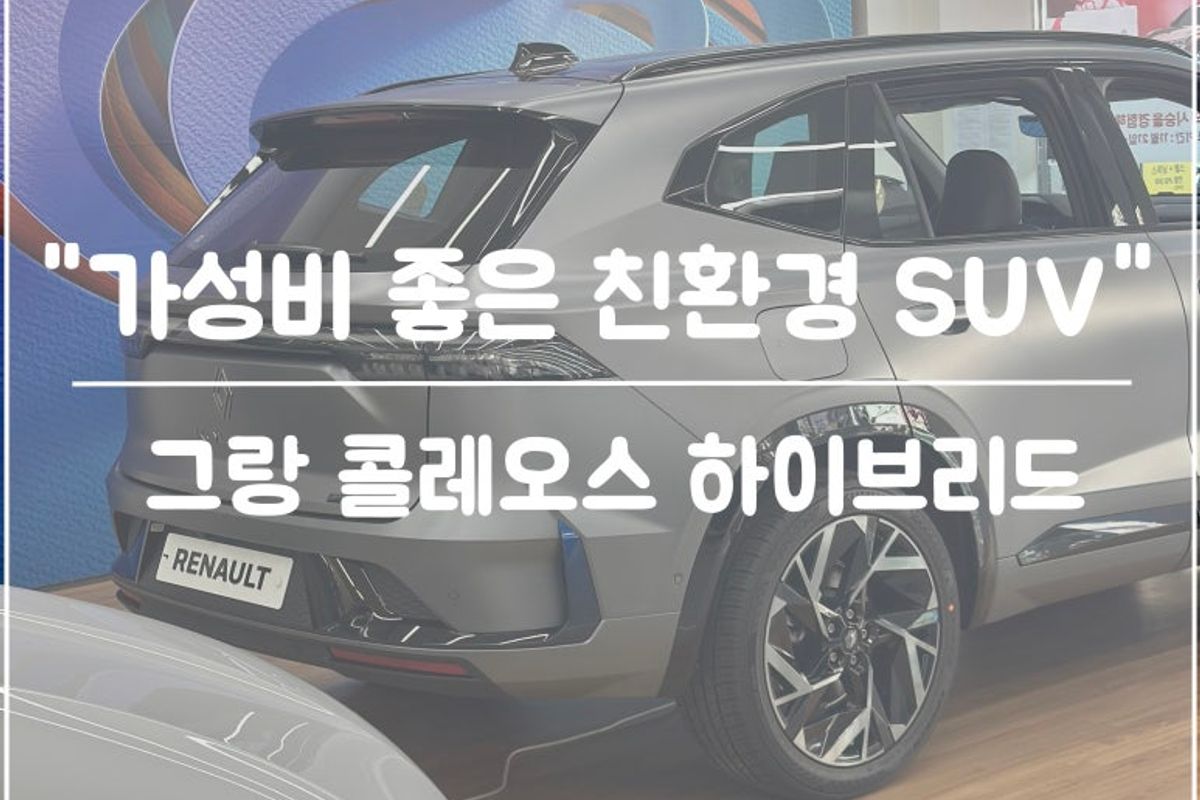
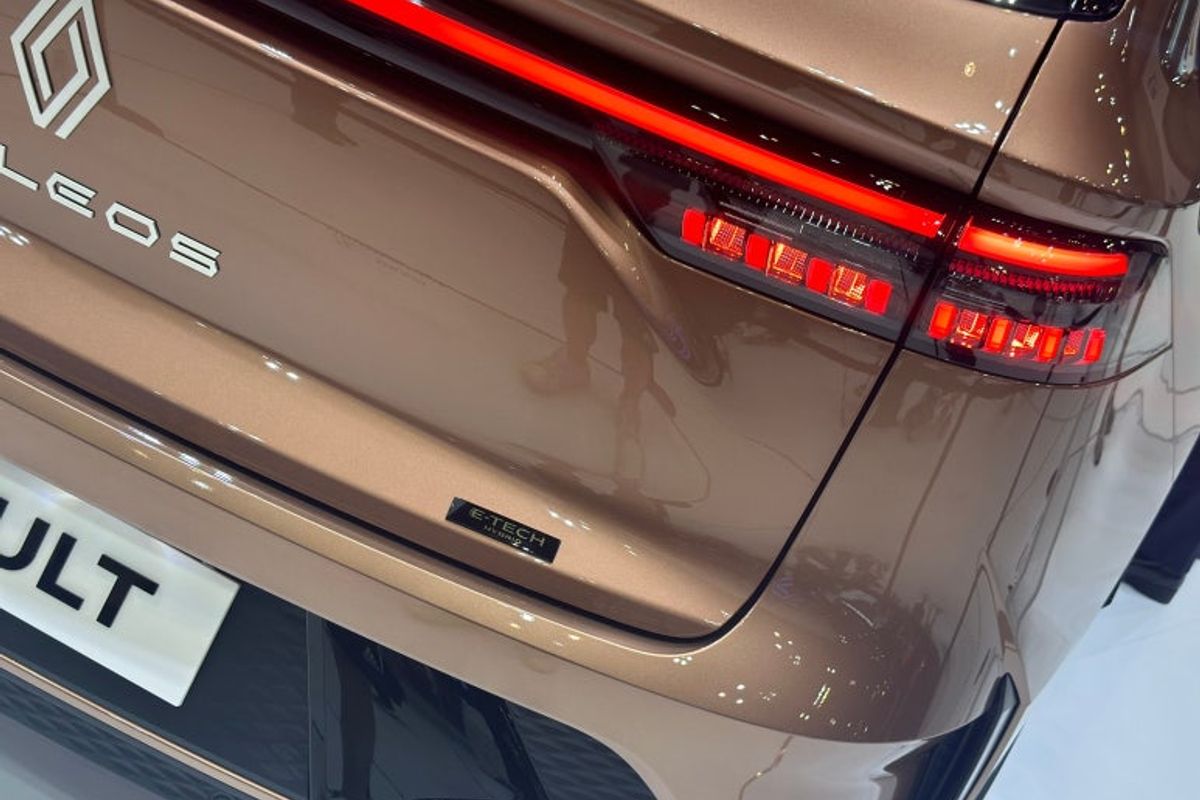
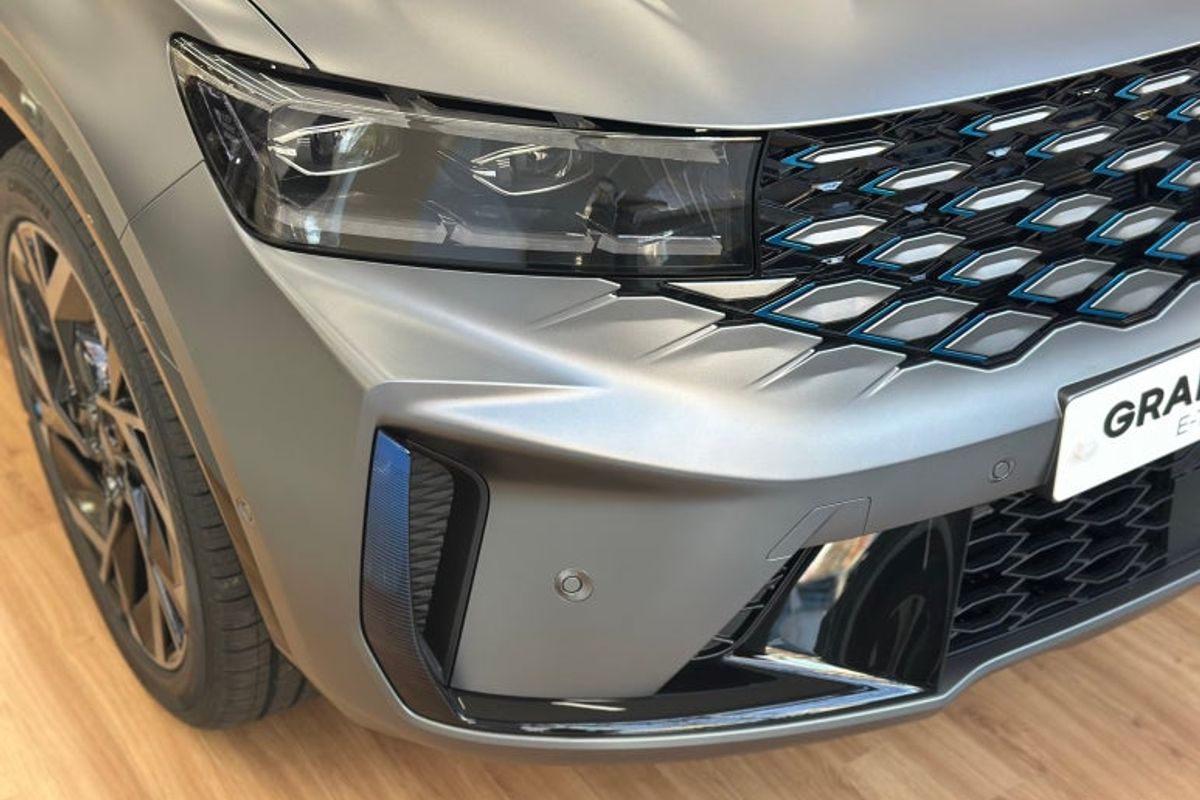
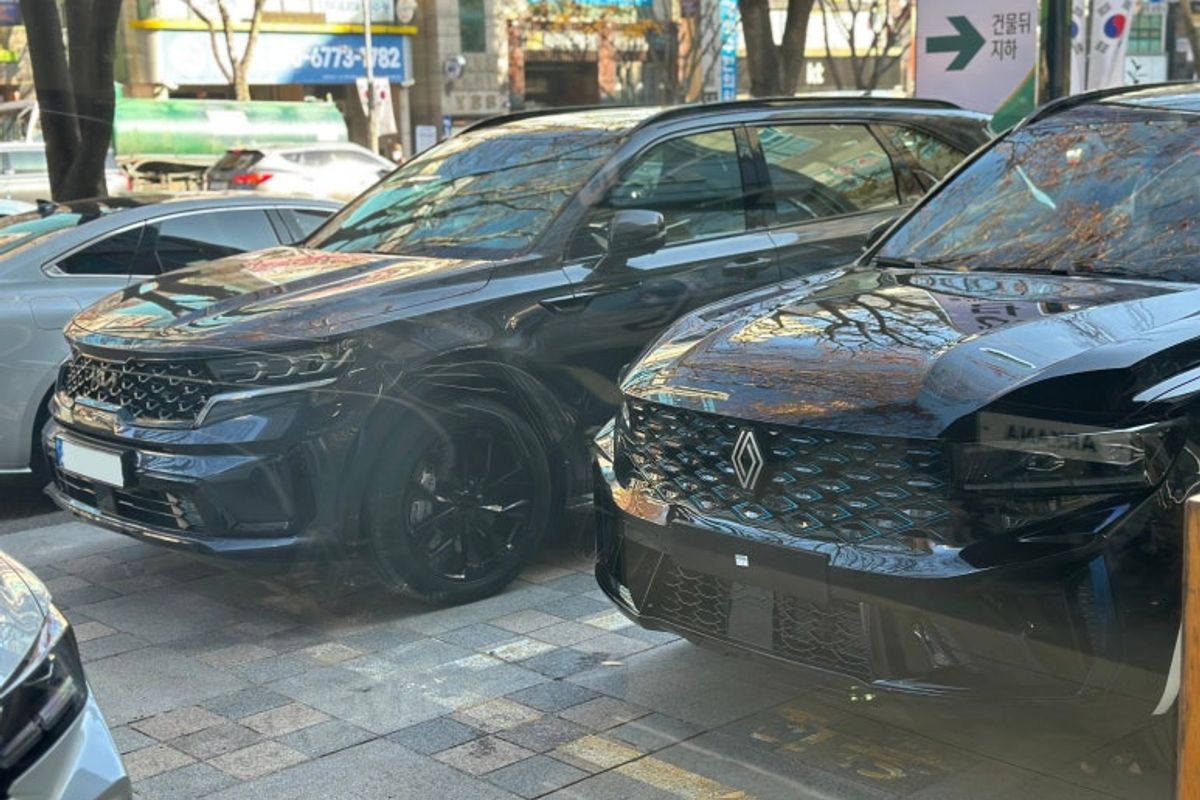
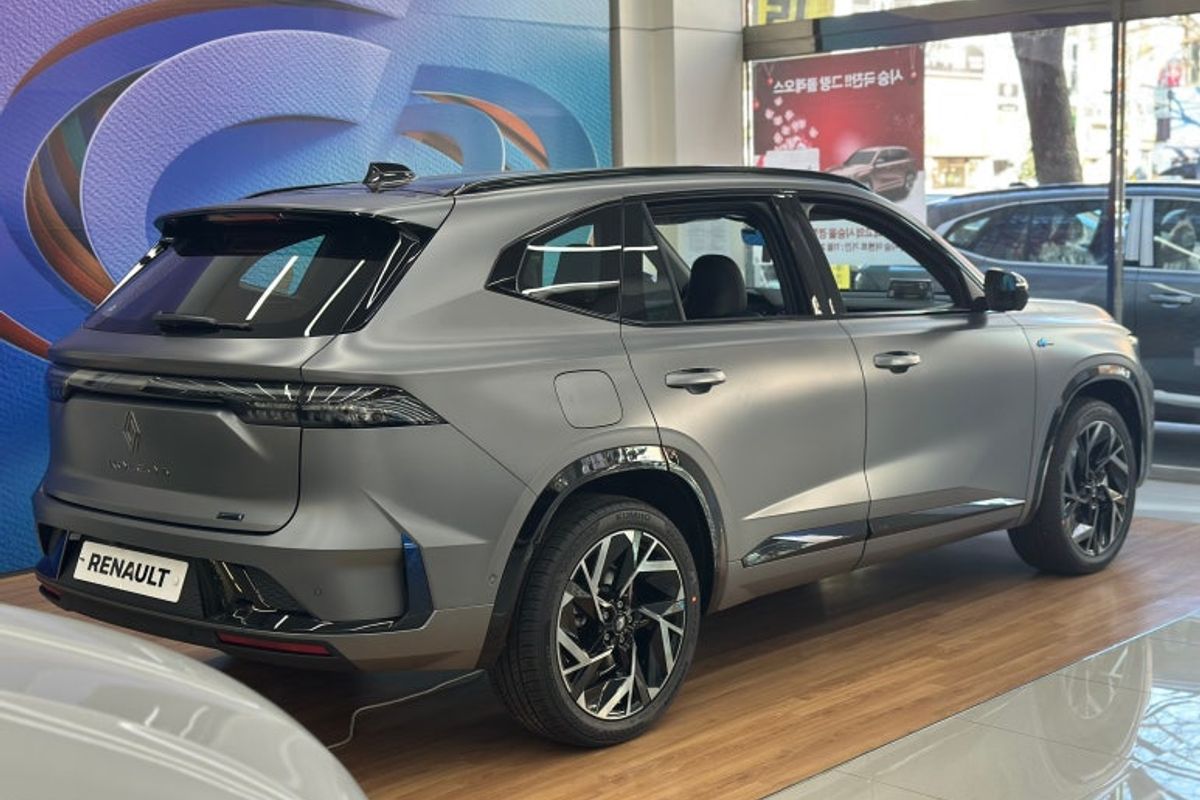

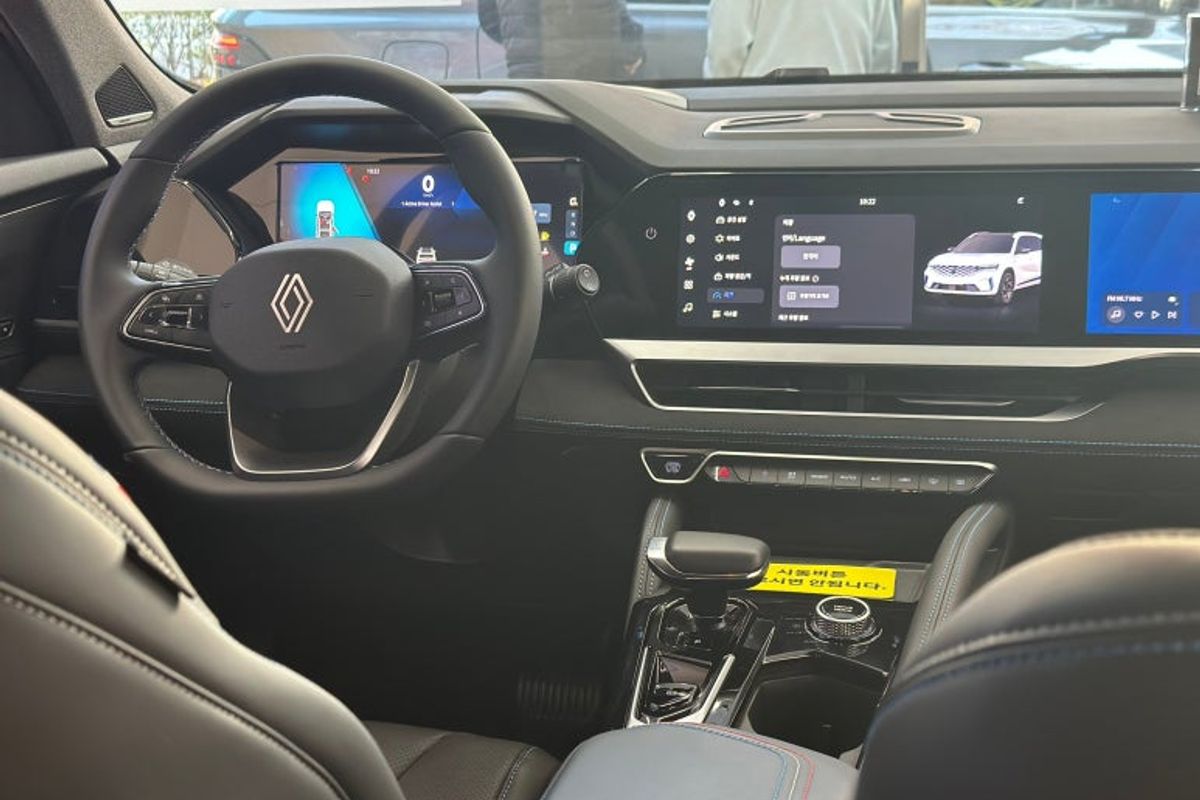
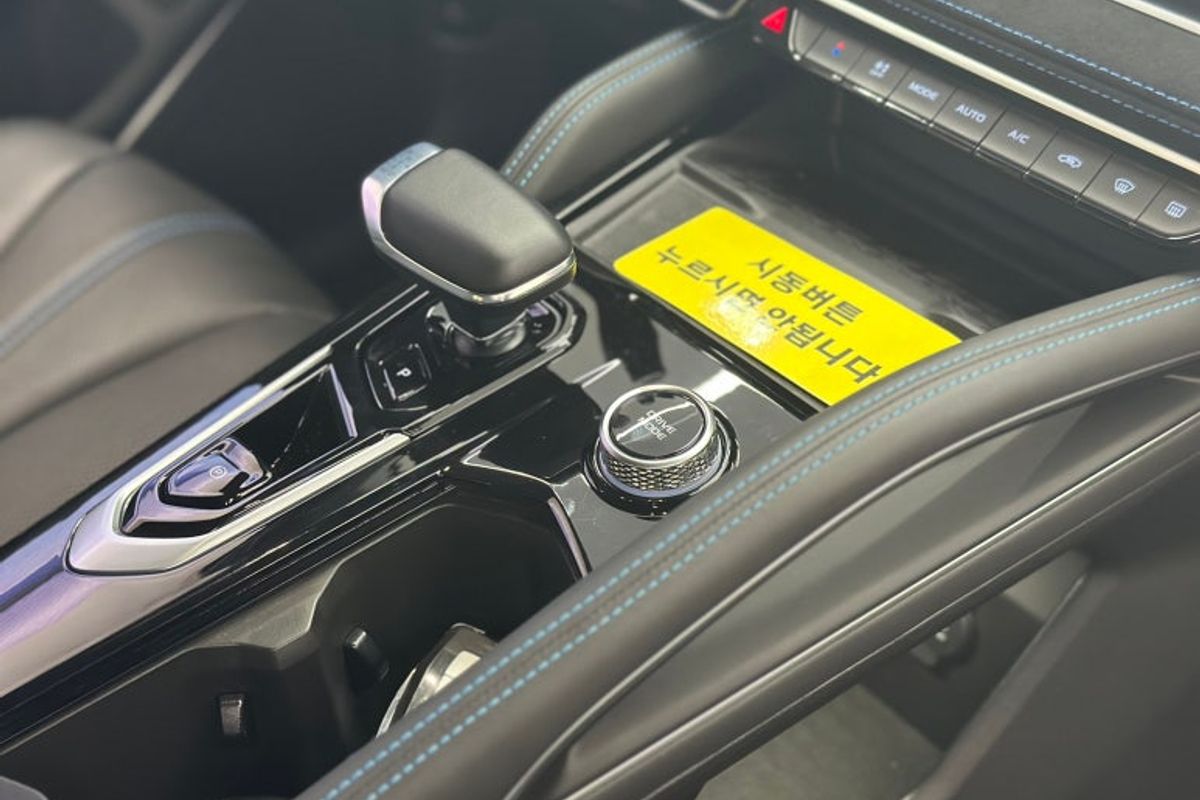
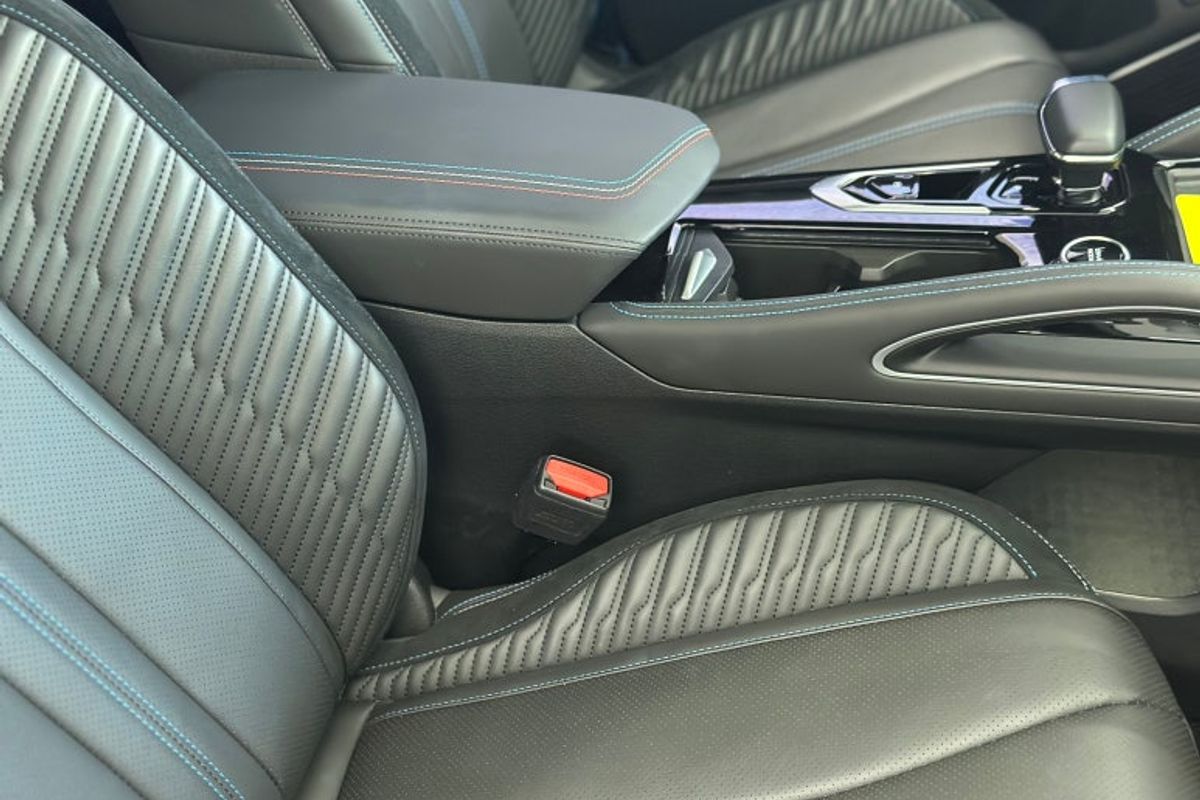
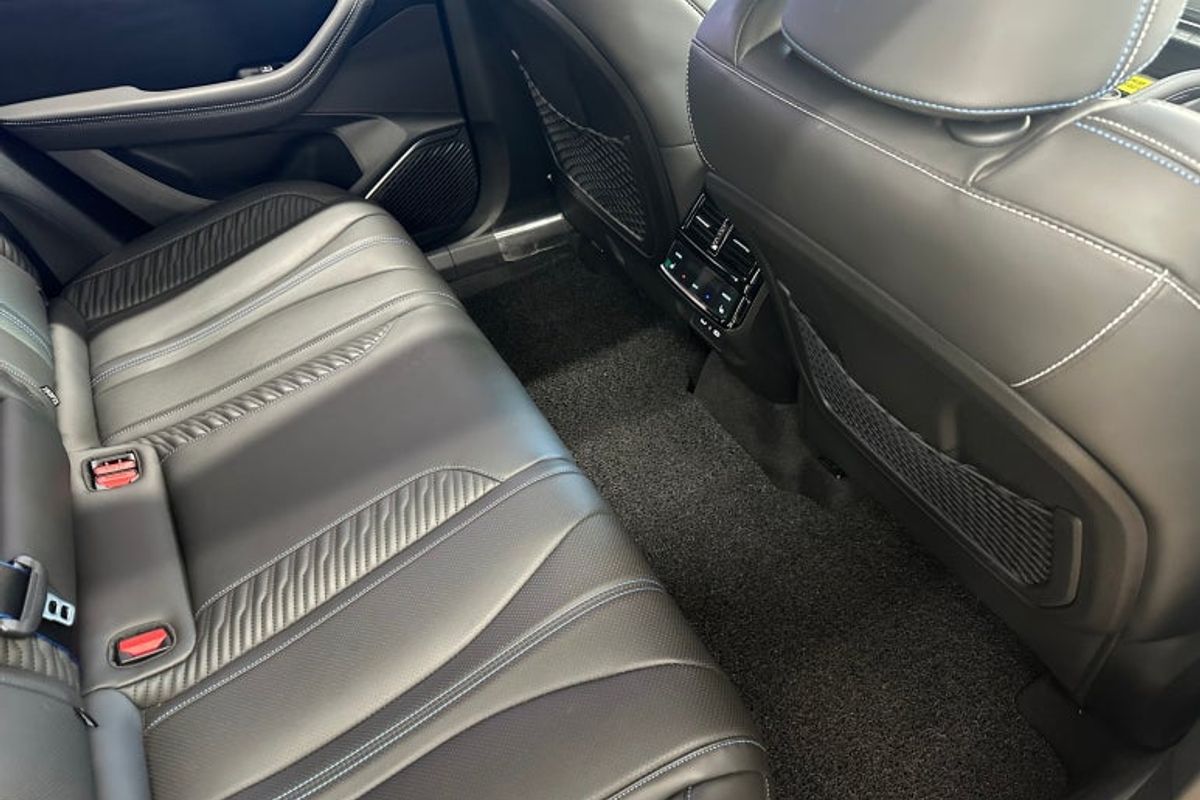
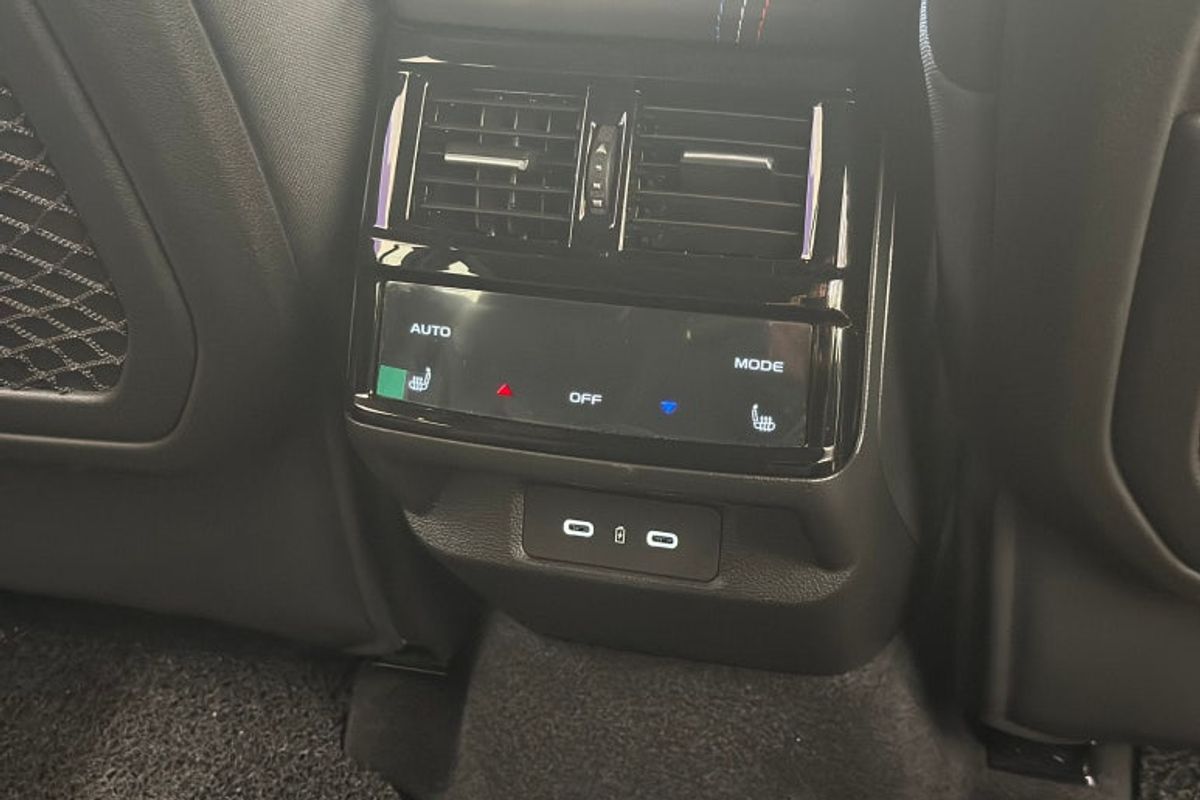 The Grand Koleos comes in three trims: “Techno,” “Iconic,” and “Esprit Alpine.”
The Grand Koleos comes in three trims: “Techno,” “Iconic,” and “Esprit Alpine.” 